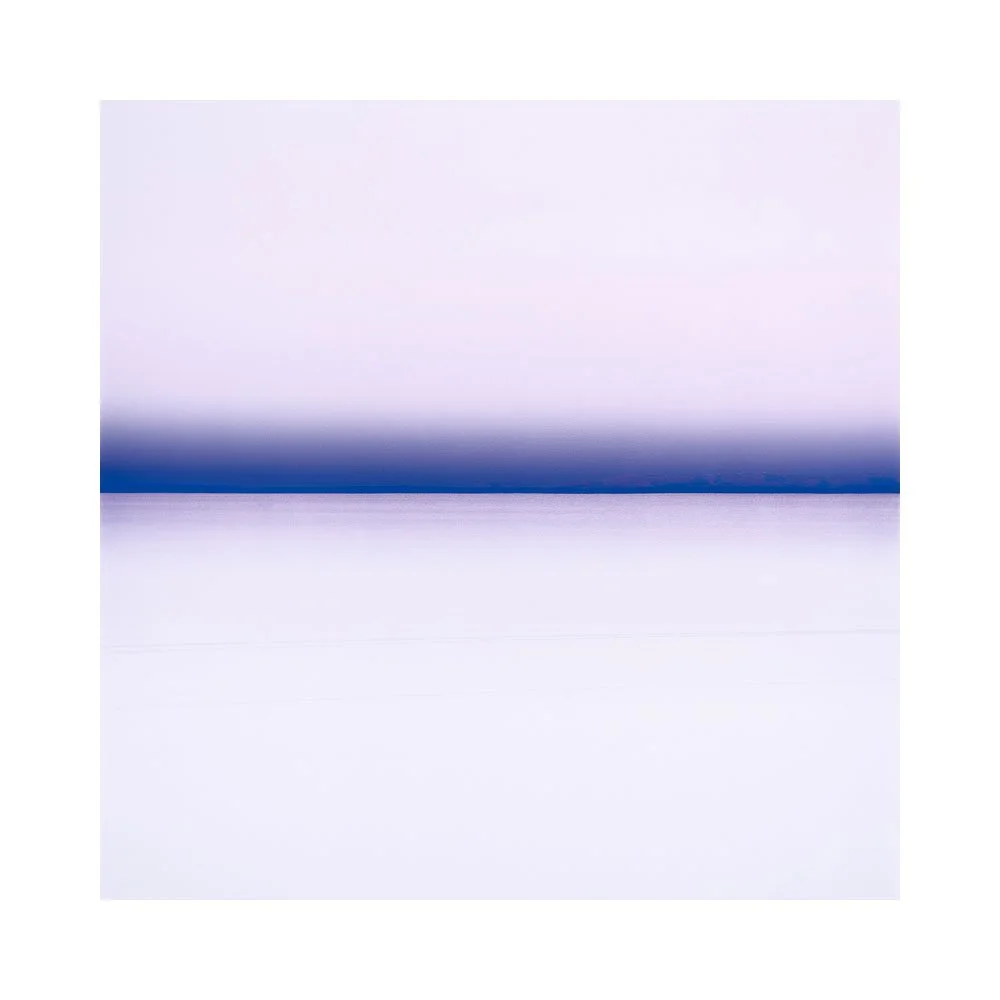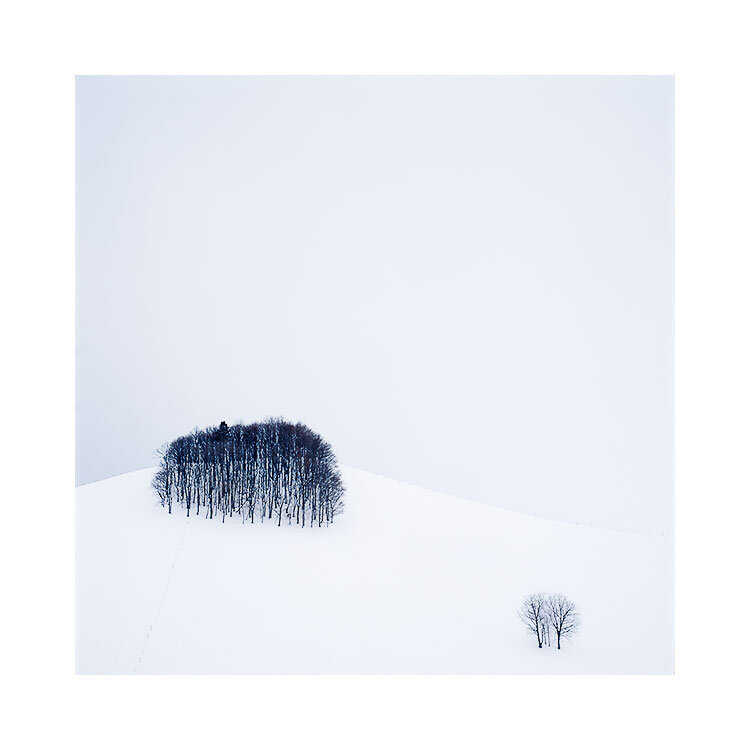The landscape can either be a benefit or a hindrance to your development.
If you are seeking personal development in your photography then it’s best to work with the landscapes that seem to keep your creativity in positive flow. If a particular landscape keeps on showing you new things, or you find yourself enthused whilst there, then keep going back. You won’t be repeating yourself. Instead you’ll be honing what you do.
I’ve been very fortunate to find several landscapes that have been my teacher this past decade or so. Bolivia is one of them, and in this little 30 second video you can see how my photography has evolved over the time I have been visiting this landscape.
I think it might be easy to assume that this video just shows my own evolution as a photographer. Well, it does show that I have become more aware of luminance and removing distractions or fine messy detail in my work, and there is also a focus on reducing scenes down to an abstraction now. But this is not really the point I wish to make today.
Instead, I wish to make the point that my evolution as a photographer could not have happened on its own. I am aware that working in landscapes that resonated with my aesthetic, is one thing, but some landscapes just keep on giving and giving for each of us. We just need to find those which do and keep working with them.
Bolivia has been my teacher for over a decade now. I have so much to thank it for. I have had several epiphanies in my time there.
I like to keep going back again and again to the landscapes where I feel I have a connection or a relationship of some kind. There is more to do and more to uncover in my photography if I do.
By going back, they can become a yardstick with which to ‘notice’ changes in what we do. I do not use the word ‘measure’ or ‘evaluate’ because I think a certain judgement of whether our work is ‘better’ or ‘worse’ is to be avoided. For me, it’s more about just tuning in to where I feel I am, and how much I may have moved.
Going back again and again allows you to do this with your development in your own work. I appreciate that this may be an extravagance for me with regards to Bolivia, but you may have found a landscape that is in your own country that can afford you to go back repeatedly. If so, then I would advise you to continue going back.





































